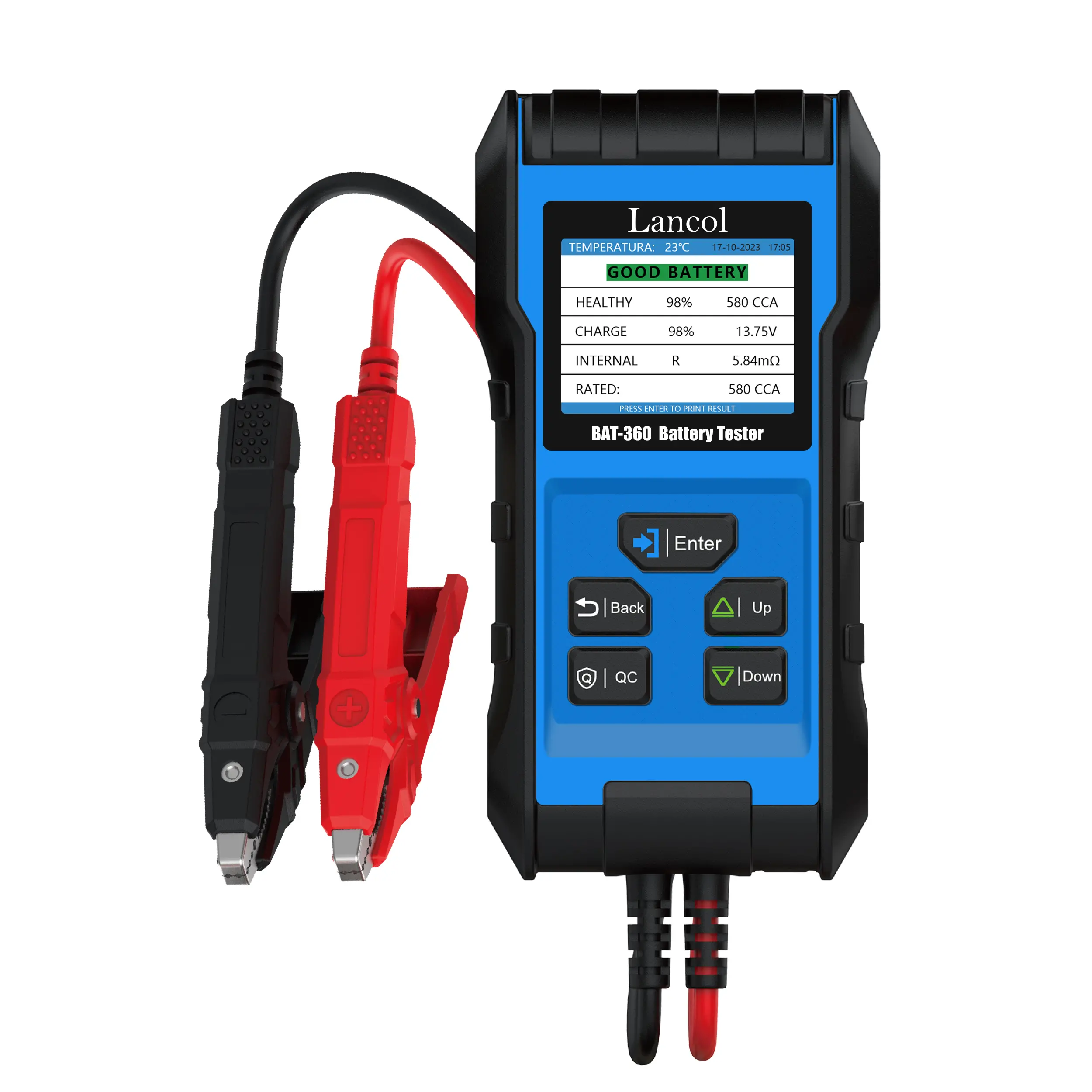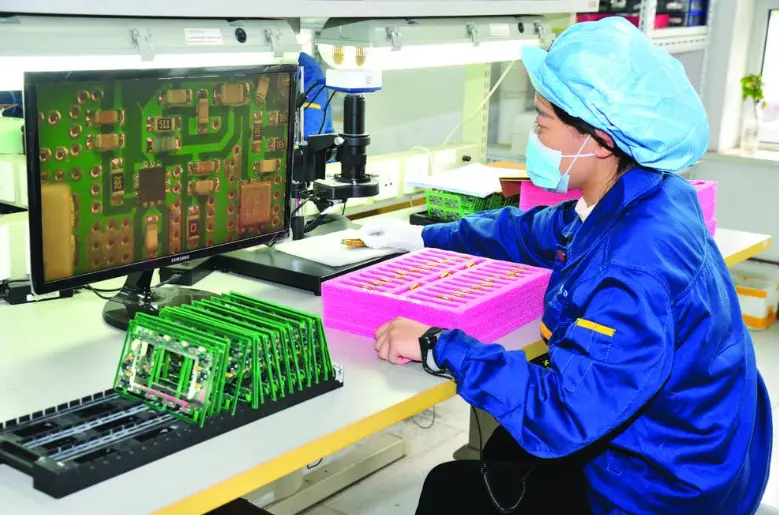Internal resistance test: The traditional battery capacity detection method is to perform a complete set of verification discharge, that is, to connect the battery pack to the load box, and then discharge it until the cut-off voltage (no power) to verify the battery capacity, but this There are many hidden dangers and disadvantages in this method:
a. The discharge time is long, the risk is high, the battery pack must be separated from the system, and the chemical energy stored in the battery pack is completely consumed in the form of heat energy, which wastes energy, is time-consuming and laborious, and has low efficiency.
b. To conduct a verification discharge test, certain conditions must be met. First, as far as possible under the conditions of basic power supply protection; secondly, there must be a backup battery pack.
c. Checking the discharge can only test the whole battery capacity. It is not possible to test the capacity of each single cell. The lowest capacity section is used as the whole set capacity, while other parts of the battery are not fully degraded or backward due to insufficient discharge depth. Fully exposed.
d, damage the capacity of the battery. Since the internal chemical reaction of the battery is not completely reversible. The number of full-depth cyclic discharges is limited, so it is not suitable for frequent deep discharge of lead-acid batteries. However, the interval is too long and the state of the battery between the two checks is uncertain. After the battery capacity drops below 80%, the battery enters a sharp recession, the recession period is very short, and may fail several months after a check discharge, and the battery pack has a great accident for the rest of the time. Hidden dangers.




